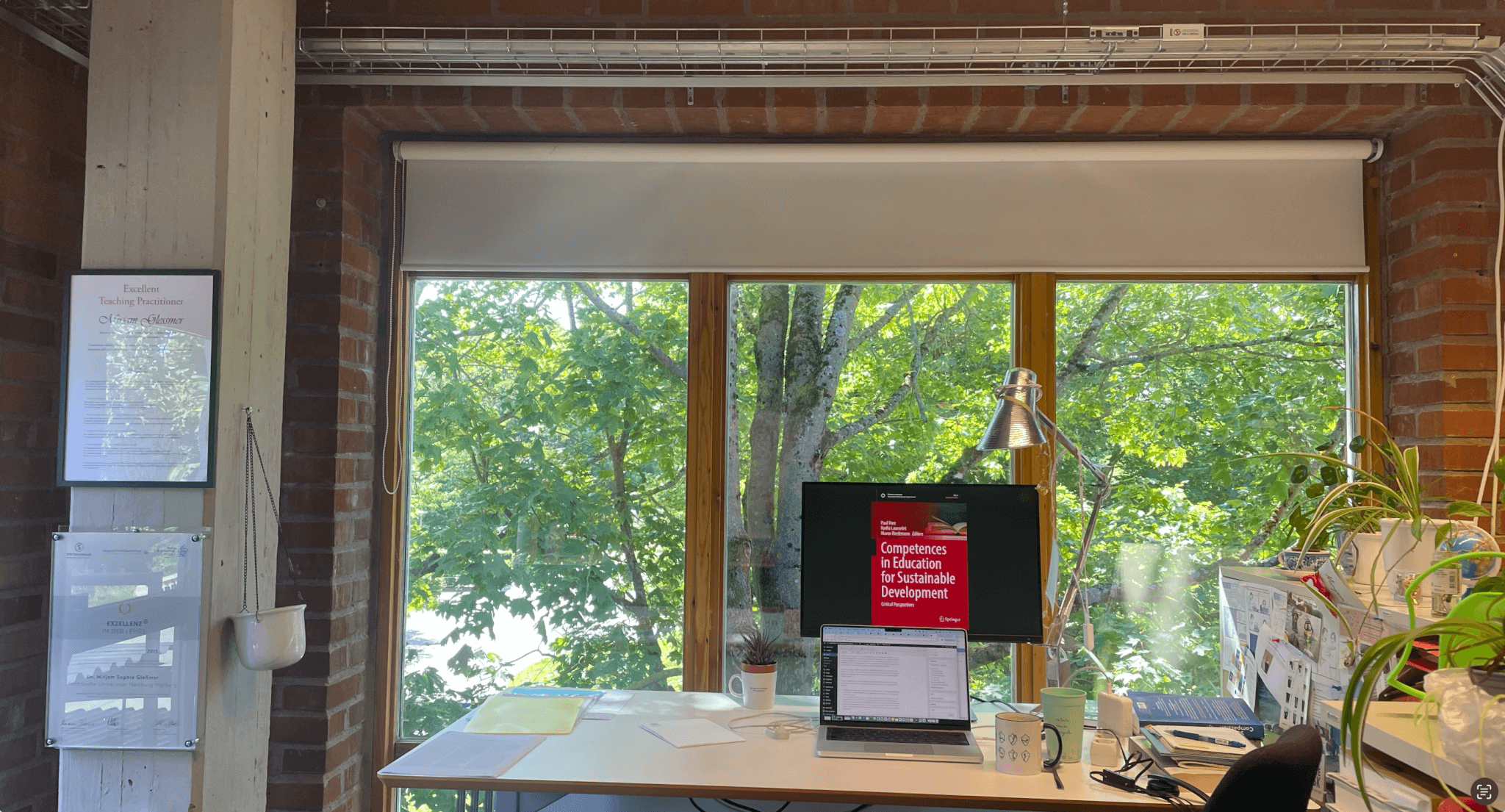
Summary part 2&3 of “Competences in Education for Sustainable Development. Critical Perspectives” (Vare, Lausselet, Rieckmann, 2022)
I have previously summarised the first part of the book “Competences in Education for Sustainable Development. Critical Perspectives” by Vare, Lausselet, & Rieckmann (2022), and here are some take-aways from part two & three.
I am only going to summarise a selection of chapters, though :-)
First, in “Breaking the Mold: Educators as Agents of Change”, Farioli and Mayer (2022) suggest that teachers need to rethink their own role. Rather than preparing students to become change makers and active agents who will save the world some time in the future, they need to recognize that they, the teachers, themselves need to be change agents. This means that they need to acquire new competences, and change the way they work in a traditional system, to be “innovators themselves and not only the transmitters of innovation”, to fundamentally challenge the way they think, and to be willing to transform themselves. Farioli & Mayer (2022) use the Rounder Sense of Purpose framework in several workshops, and find that it worked well as a research and reflection tool, and that is where this chapter ends.
Next, Zachariou and Kadji-Beltran (2022) write about “ESD Competences and Teacher Educators’ Professional Development: Findings and Implications of the Cyprus Example”. They raise an important point: there really aren’t a lot of organised professional development opportunities for teacher trainers (or academic developers). They find that there is a need, articulated by the teachers, for local and international community around the topics. Teachers appreciate working with the Rounder Sense of Purpose framework because it provides structure, but of course, as anything in teaching, it needs to be carefully adapted to the local context.
Oh, and now I’ve already reached part three! Let’s keep going!
Lozano and Barreiro-Gen (2022) develop the “Connections Between Sustainable Development Competences and Pedagogical Approaches”. That is, they mostly refer to their earlier publications — fair enough, I’ll go read them then — where they first do a literature review to connect competences, e.g. systems thinking, interdisciplinary work, etc, with pedagogical approaches like mind mapping, jigsaw puzzles, or placed-based education (Lozano et al., 2017). They also indicate the likelihood of each approach addressing each competence. They determine the likelihood by discussing amongst themselves and with other people, but this isn’t connected to how people actually use those approaches. This is what they do in the next article, Lozano et al. (2019), where they compare the 2017 estimates with results of a survey (see results of survey below). I am reading the book (and thus these articles) mostly because I want to figure out what we can do about our own Teaching for Sustainability here at LTH, so for me the most important take-away is actually the way they have mapped the learning outcomes (or in this case, the sustainable development competences) against the methods they are using, to check which method addresses what. Maybe this is something we can use for courses we are developing, too, and maybe methods then need to be broken down into smaller teaching units — mind mapping can easily be a part of PBL, for example, and PBL might also contain jigsaw elements or literature work. But it is of course important to remember that not every check mark in such a table should carry equal weight. The learning outcomes might not be of equal importance, and they are likely not achieved to the same degree just because a method is likely to address them. But for inspiration, it is nice to have the list of methods and a rough idea whether they might work well for a given task!
I only browsed the chapter on “Art and Connectedness within Sustainability: Educating Through Aesthetic Pedagogies” by Heras (2022), but one sentence stood out to me: A big trap of using art in teaching, hoping that it’ll help students learn all kinds of competencies, is to see art as a tool rather than as a form of knowledge itself. Which is exactly how I had treated reading this article, so I will need to come back to this soon with more time and a different mindset!
Next, very intriguing, “Assessing Sustainability Competences: A Discussion on What and How” between Farioli, Mayer, Millican, Redman, and Vare (2022). This is such a fun format to wrap up a book and bring together different points of view and to model how we can develop together through discussion.
The book concludes with “Lessons Learned and Future Research Directions in Educating for Sustainability Competencies” by Mulà, Cebrián, and Junyent (2022). They raise a number of good points:
- A lot of the praised methods in teaching for sustainability rely on experiencing and learning in community — of other students, of local stakeholders, and others. How can we do all of this online or hybrid?
- We need to remember that we want to educate competent students (and teachers…), and that is more than the sum of all the individual competencies that they tick on some list.
- Discussion (and research, and frameworks) are biassed to a North American and European perspective, and we need to make sure to contextualise them, both in North America and Europe, but especially beyond, and maybe accept that they aren’t as universal as we might have thought.
Vare, P., Lausselet, N., & Rieckmann, M. (2022). Competences in Education for Sustainable Development. Critical Perspectives. Springer International Publishing.

Attempting to Assess Key Competencies in Sustainability - Adventures in Oceanography and Teaching says:
[…] with learning of sustainability competencies than others (see Lozano & Barreiro-Gen, 2022, or my summary). For example working with case studies means that we can simultaneously get insights into specific […]